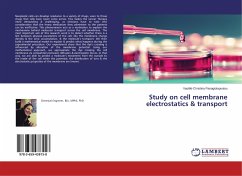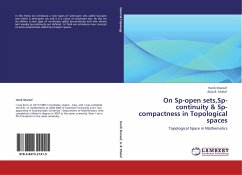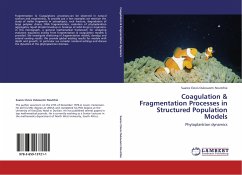Neoplastic cells can develop resistance to a variety of drugs, even to those drugs that cells have never come across. This makes the cancer therapy more demanding & challenging, as clinicians have to take into consideration that the heavy medication they administer to the patients can be ineffective. This phenomenon acts as a motivation to explore the mechanisms behind molecular transport across the cell membrane. The most important aim of this research work is to detect whether there is a link between physical parameters of the cell, like the membrane charge density & the ionic accumulation, & the molecule's transport. We then build a mathematical model to explain & predict what happens during the experimental procedure. Our experiments show that the dye's crossing is influenced by alteration of the membrane potential. Using our mathematical approach, we approximate the dye crossing the cell membrane via competition between diffusion & electrostatic forces. In that way, we are able to predict a molecule's movement from the outside to the inside of the cell when the potential, the distribution of ions & the electrostatic properties of the membrane are known.
Bitte wählen Sie Ihr Anliegen aus.
Rechnungen
Retourenschein anfordern
Bestellstatus
Storno




![World Triangular Series [µ, *µ & gµ] in Fuzzy Topological Spaces World Triangular Series [µ, *µ & gµ] in Fuzzy Topological Spaces](https://bilder.buecher.de/produkte/36/36808/36808062n.jpg)



